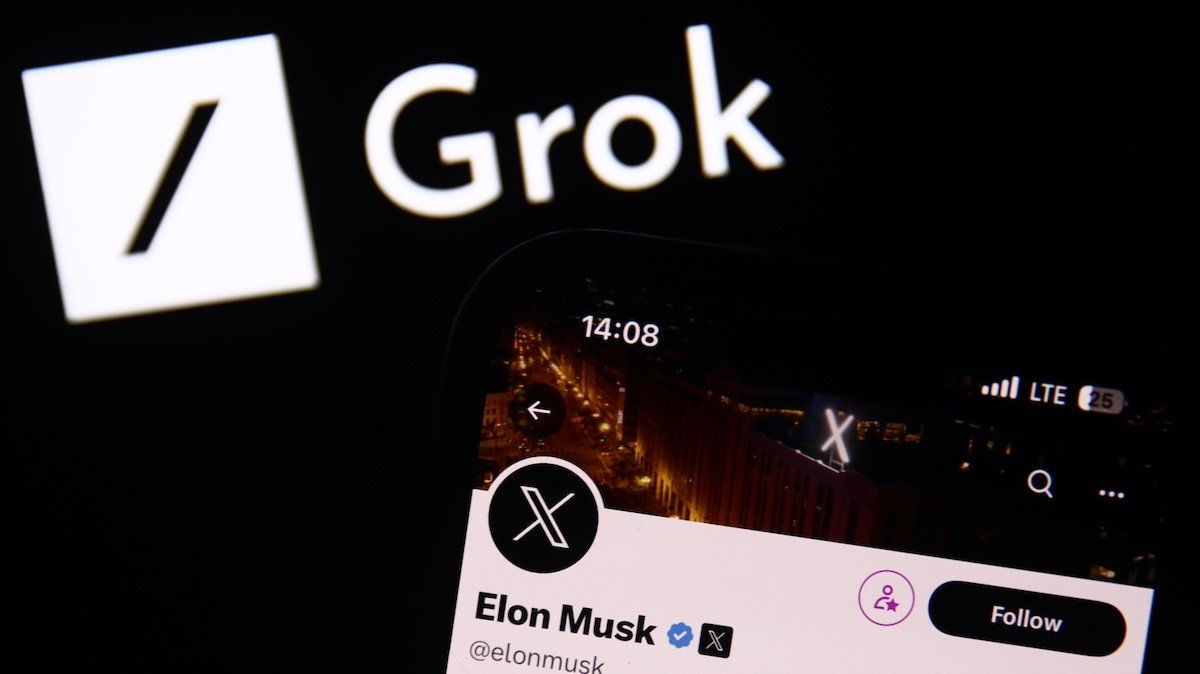If you’ve been on X this past week, you might have seen some strange and disturbing images: a MAGA hat-wearing Mickey Mouse smoking a cigarette and drinking a beer on the beach, former President Barack Obama threatening President Joe Biden with a knife, or maybe Microsoft founder Bill Gates sniffing copious amounts of cocaine.
You can thank Grok, the AI chatbot made by Elon Musk’s startup xAI. Paying X subscribers get access to Grok and its new image-generation technology. Musk has long boasted that Grok is “anti-woke” – whatever that means – and that’s currently manifesting in very few content moderation guardrails for its output. OpenAI’s Dall-E, by contrast, has plenty of rules, some of which bar users from making images of politicians or of copyrighted material. That reduces the company’s liability while also preventing the spread of disinformation. (Grok reportedly has some restrictions, such as banning nudity, but hasn’t publicly detailed its exact content policies.)
Grok’s new capabilities are courtesy of an open-source text-to-image model called Flux, made by the German startup Black Forest Labs. The company only launched on Aug. 1 but already has plans to expand into text-to-video creation as well.
While images of Donald Trump and Kamala Harris eating ice cream in their bathing suits might seem painfully obvious as fakes, there’s still the possibility that harder-to-detect AI-generated media could disrupt the upcoming elections in November. Trump is already using AI-generated images to make false claims, such as that pop star Taylor Swift endorsed him! Recklessness by AI companies might make that an inevitability rather than an open question.